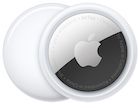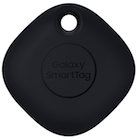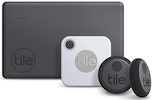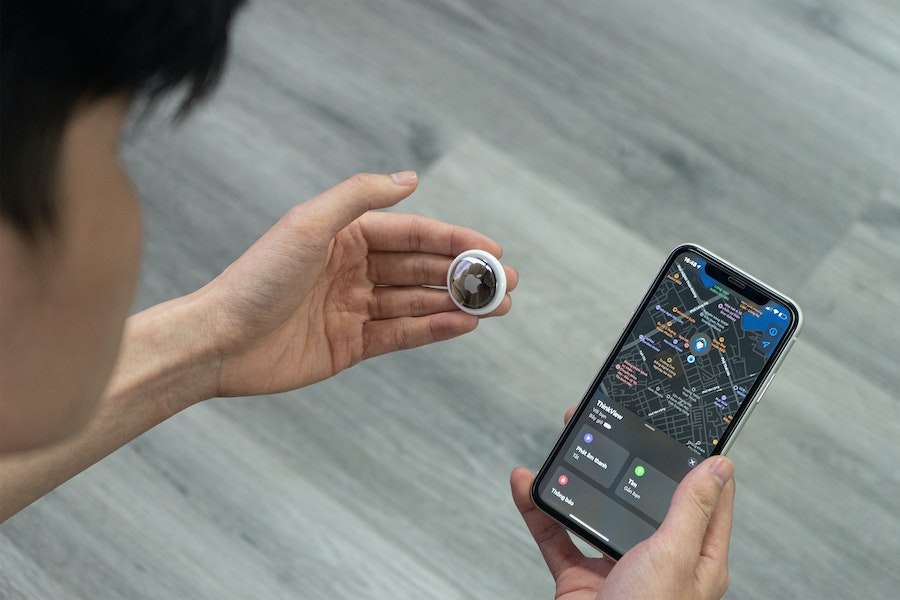The Apple AirTag is one of Apple Inc.’ newest additions to their ecosystem. The AirTag is a small circular device approximately the size of a quarter, that uses a combination of Bluetooth Low Energy (BLE), Ultra-wideband (UWB) and Near-Field Communication (NFC) to determine its location and provide shareable information of its owner. Like other tags, the AirTag can be fastened to any item, such as a bag, luggage, keys, where the owner can track or find it if lost. Like anything Apple, a hype has been going around in the tech world over Apple’s AirTag, while similar concepts have been around for a while from competitors like Samsung’s Galaxy SmartTag (and recently SmartTag+) or Tile’s suite of tags.



The idea of small devices which use bluetooth or different types of communication technology have been around for years. Beacons are one form of such technology, which have been used for other purposes besides tracking, typically a certain trigger in an app when in a certain distance from the beacon.
What is the difference?
The most obvious difference between Tags and Beacons is the mobility. Tags are developed with the idea of being mobile and tackable using various software or apps while beacons are typically static despite their size. Beacons are added to different environments to provide additional information or functionality when in proximity.
Another main difference is the numerous types of connectivity possible. As mentioned above, the AirTag (as well as the new SamsungTag+) boasts NFC, UWB and Bluetooth. NFC is used for tapping mobile devices on the tag and getting information on its owner while UWB and Bluetooth are for short and longer ranged tracking of the tag. Meanwhile, beacons mainly work using Bluetooth technology where the software/app identifies the beacon and triggers an action.
The Tags developed by these big companies have another differentiating feature which is the integration into their respective eco-systems. Both Apple and Samsung have leveraged their mobile device market share to allow their tags to ping into the different user devices to help the owner locate their Tag. This is to say if an iPhone user is unknowingly within proximity of someone else’s missing AirTag, the AirTag owner through Apple’s connected eco-system and find my device capability will be notified on the location of their missing AirTag.
Conclusion
In a nutshell, Apple’s AirTag or Samsung’s SmartTag are more essentially more advanced beacons with extended connectivity capabilities and respective eco-system integration designed for different use cases. While tags are tracking based, beacons are more static and information/call-to-action based. In a previous blog, we have explained how municipalities, associations and museums are using our Info Grove platform to enhance their apps user experience when in proximity to beacons.
If you are interested to launch an app and make use of beacon technology for your organization please reach out to us


Share This Article